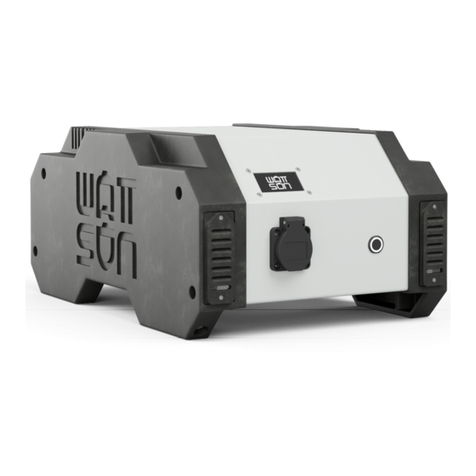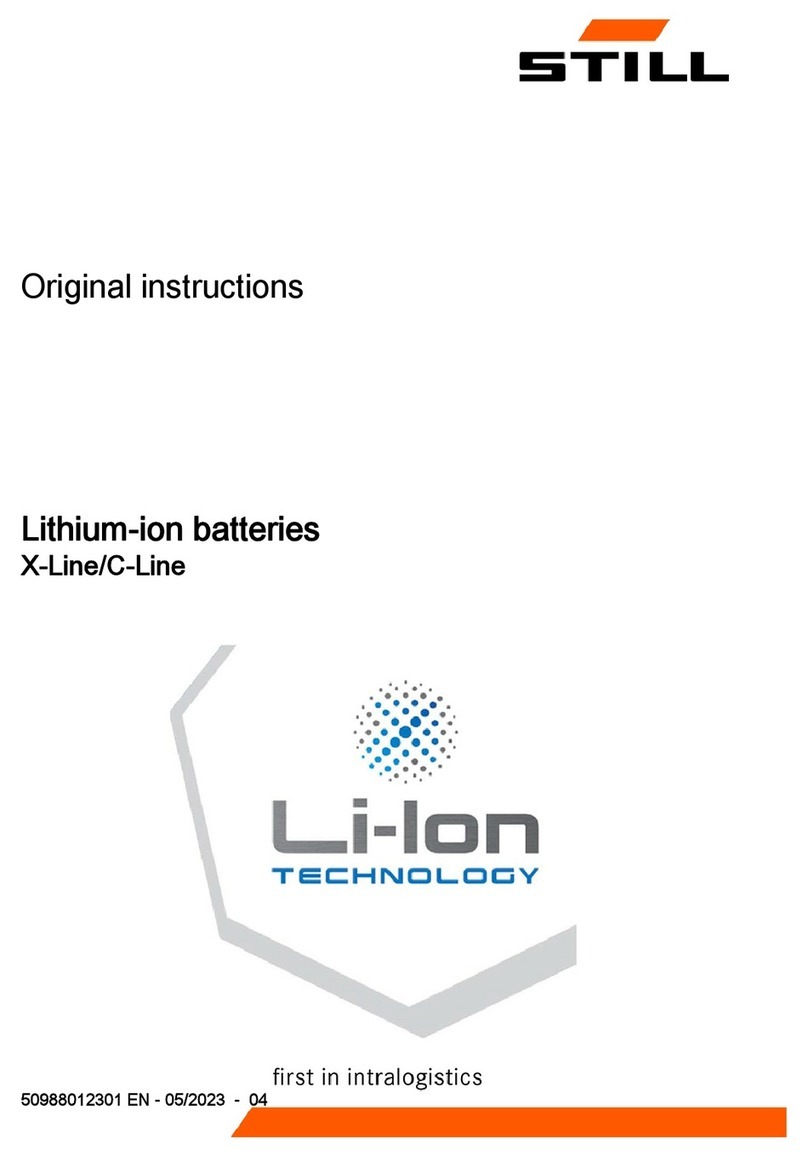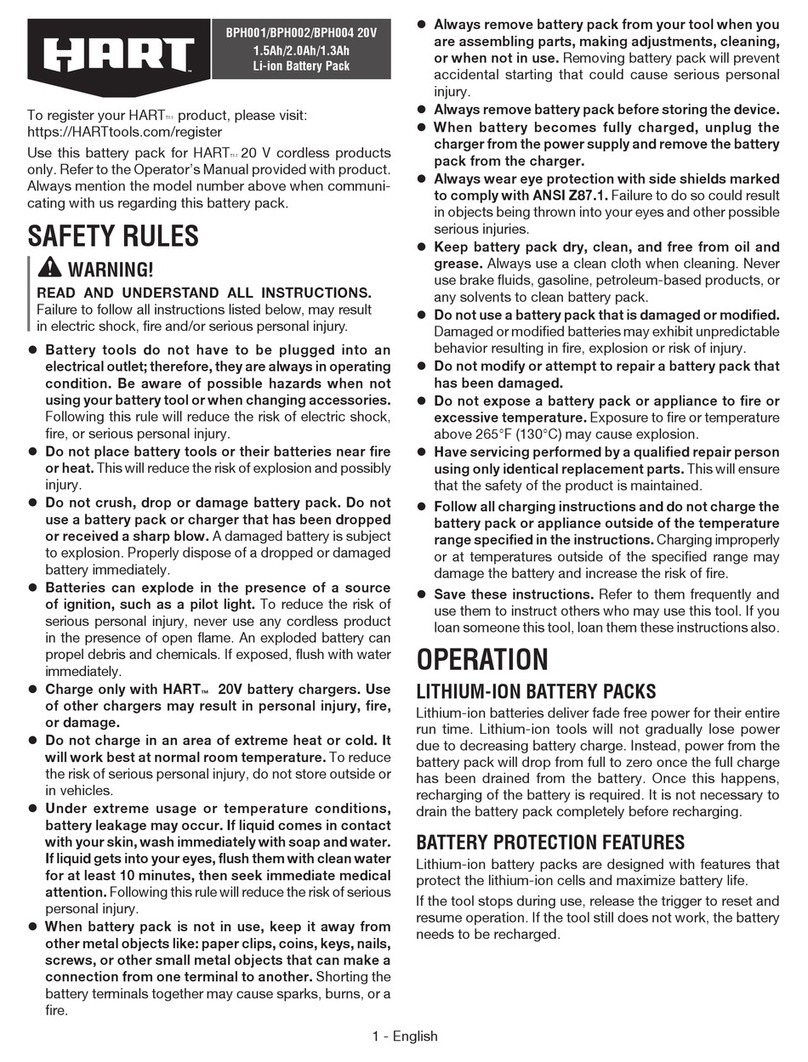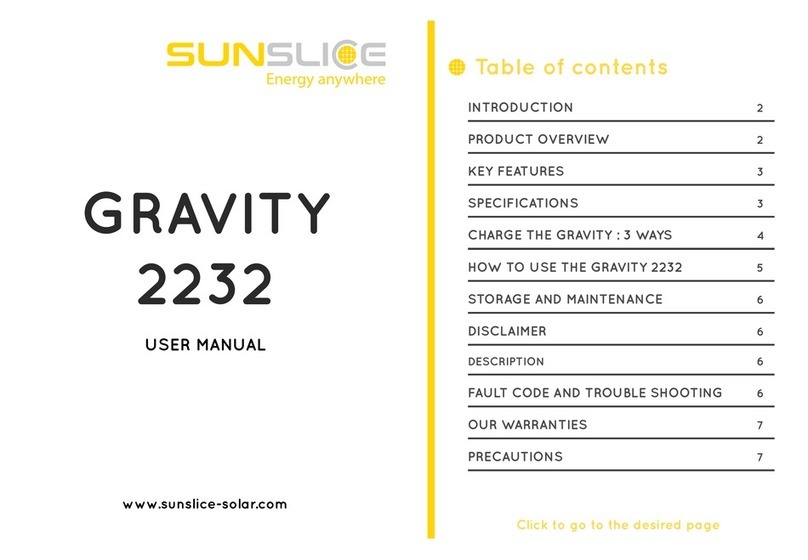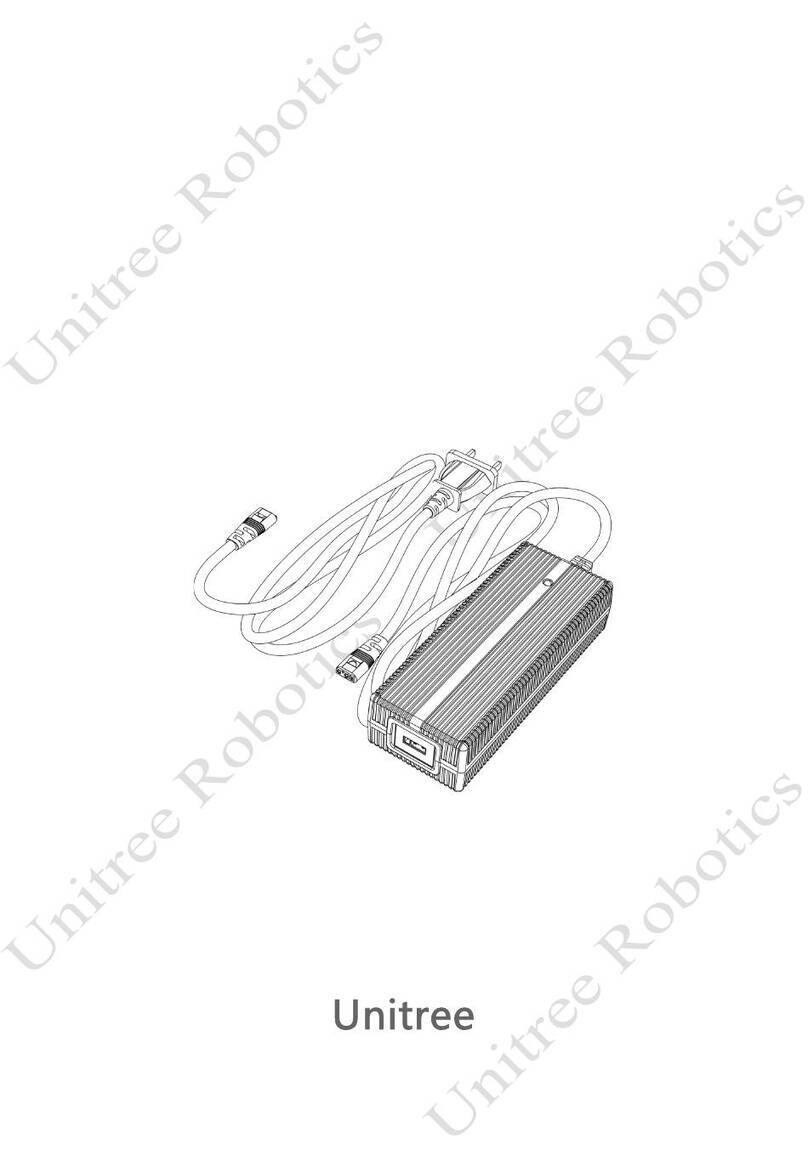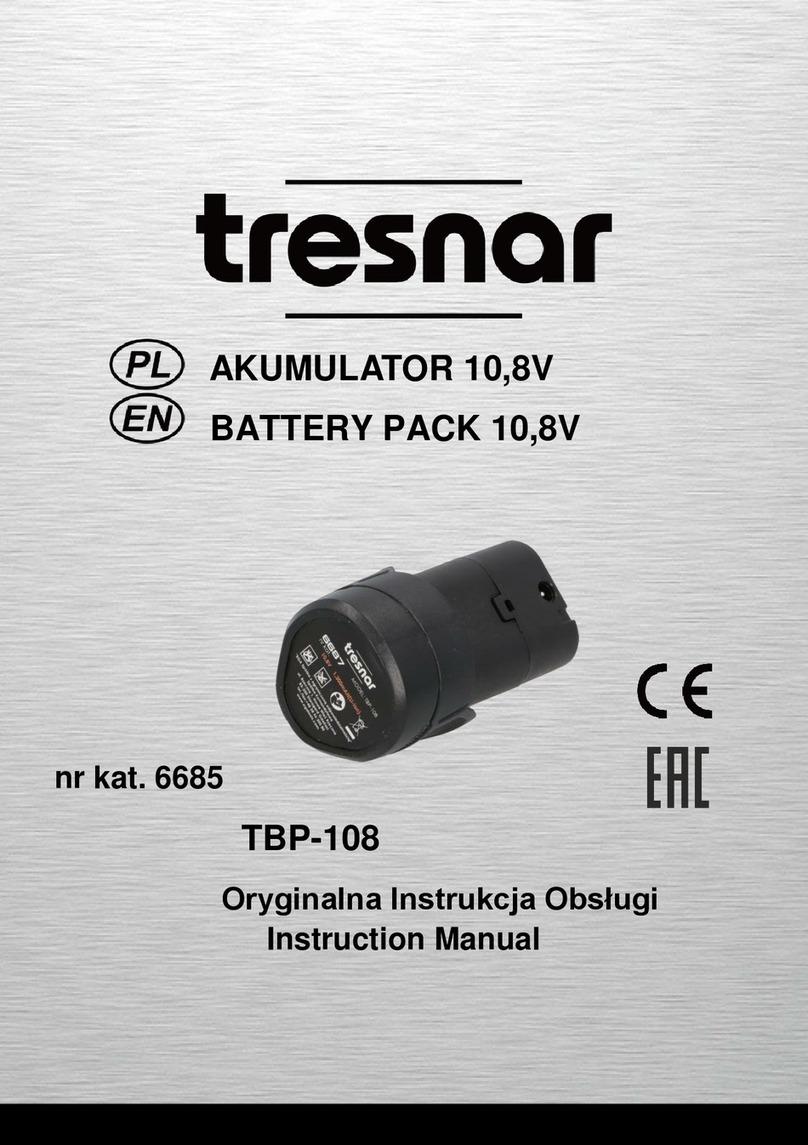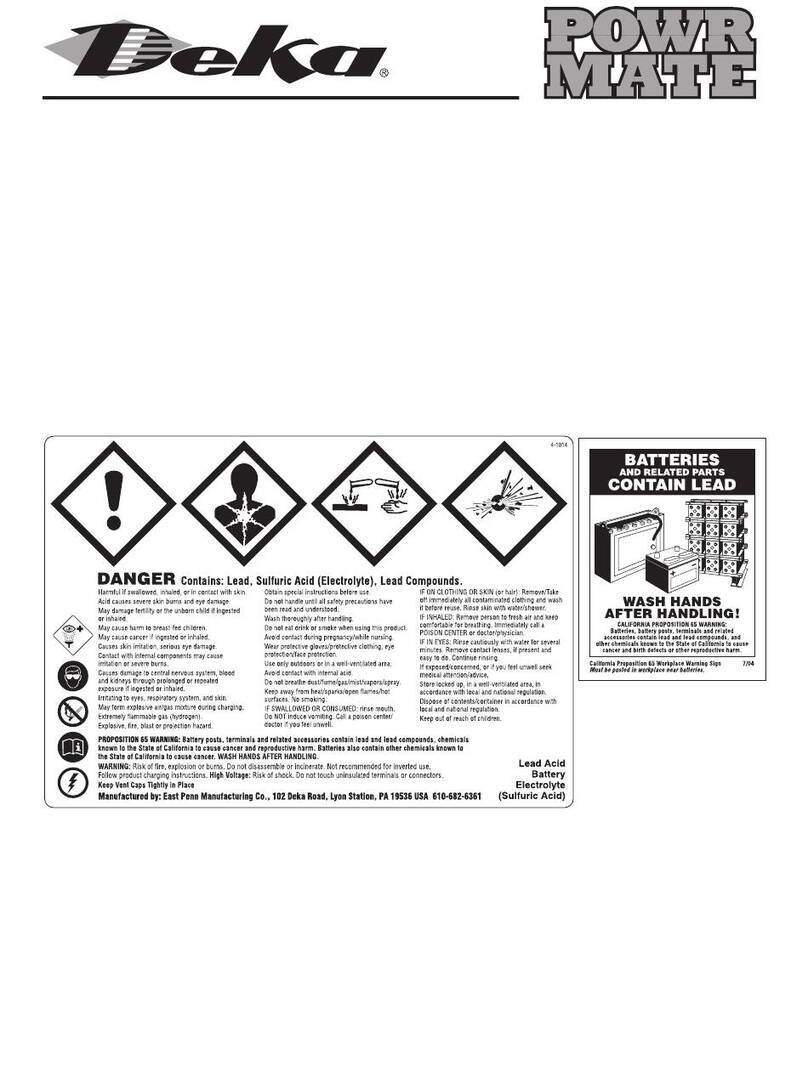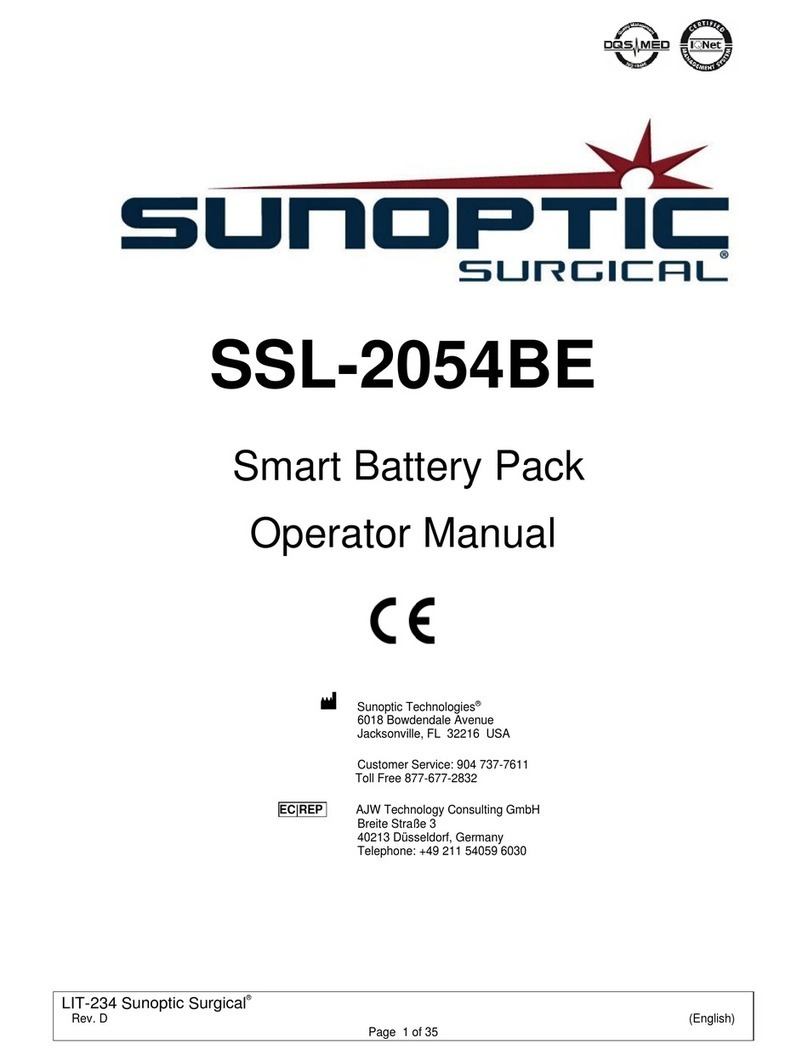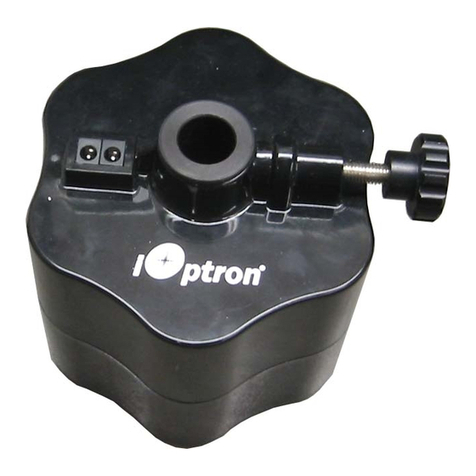Battery Backup Power BBP-AR-1500-PSW-ONL-EBP User manual

0
User's MANUAL
Battery Pack Installation

1
Table of Contents
Chapter 1. IMPORTANT SAFETY INSTRUCTIONS...........................................2
Chapter 2. Introduction to the Front and Rear Panel...........................................4
2.1. Front and Rear Panel Descriptions....................................................4
Chapter 3. Installation and Operation..................................................................5
3.1. Unpacking ..........................................................................................5
3.2. Selecting Installation Position ............................................................6
3.2.1. Connect DC Cable ................................................................7
3.3. Storage Instruction.............................................................................8
3.4. Specification.......................................................................................9
3.5. Recycling the Used battery..............................................................11

2
Chapter 1. IMPORTANT SAFETY
INSTRUCTIONS
SAVE THESE INSTRUCTIONS
This manual contains important instructions that should be followed during
installation and maintenance of the battery bank and batteries.
Important Notice
•This battery bank is connected to an UPS. There will be voltage at the output terminals
if the UPS is turned on even if the input AC Mains is not available.
•Do not try to repair the unit yourself, contact your local supplier or your warranty will be
void.
•To prevent overheating of the battery bank, keep all ventilation openings free from
obstruction. Keep the battery bank front/rear panel 20 cm away from the wall.
•Make sure the battery bank is installed within the proper environment as specified.
(0~40°C/32~104℉and 30-90%RH non-condensing)
•Do not install the battery bank at outdoor sites; this battery bank is designed for indoor
use only.
•This battery bank is not designed for use in dusty, corrosive and salty environment.
•The warranty for this battery bank will be void if water or other liquid is spilt or poured
directly onto the battery bank. Similarly we do not warrant any damage to the battery
bank if foreign objects are deliberately or accidentally inserted into the battery bank
enclosure.
•The battery will discharge naturally if the system is unused for a period of time.
Long-term storage without recharge maintenance could cause batteries damaged.
•It should be recharged every 2-3 months if unused. If this is not done, then the
Warranty will be null and void. During UPS normal operation, batteries will be
automatically maintained in full charged condition.
•Servicing of batteries should be performed or supervised by trained personnel with
knowledge of batteries and the required precautions.
•Replace only the same quantity, type & capacity batteries when needed.
•Make sure the battery is the same quantity/voltage before connect battery
Cable.

3
•CAUTION – Do Not Dispose of Battery(ies) in open fire or high temperature
environment. The Battery May Explode.
•CAUTION – Do not open or mutilate the batteries. The electrolyte of the batteries is
toxic and harmful to the skin and eyes.
•CAUTION – Risk of electric shock – Battery circuit is not isolated from AC, hazardous
Voltage may exist between battery terminals and ground. Test before touching with
bare hands.
•CAUTION – A Battery can present a Risk of Electrical Shock and High Short Circuit
Current. The Following Precaution Should be Observed When Working on Batteries:
A. Remove watches, rings, or other metal wearing objects.
B. Use tools with insulated handles and wear rubber gloves and boots.
C. Do not lay any metal tools or parts on top of batteries.
D. Disconnect charging source prior to connecting or disconnecting battery terminals.

4
Chapter 2. Introduction to the Front and Rear
Panel
2.1. Front and Rear Panel Descriptions
1. DC Breaker (Standard)
1. Battery Over-current Protection.
2. Easily remove battery bank from system.
2. Battery Connector
Battery bank extending connector.
3. DC Power Cord
To link with UPS and battery banks.

5
Chapter 3. Installation and Operation
Note: The packing condition and the external outlook of the unit should be
inspected carefully before installation. Retain the packing material for future use.
3.1. Unpacking
1. Remove the packing foams and take the battery bank out of the box.
Warning:The unit could be quite heavy. Check the weight of the unit before
operating to avoid injury.
2. Standard Package includes-User's Manual
3. Accessories for Tower and Rack Mount

6
3.2. Selecting Installation Position
It is necessary to select a proper environment to install the unit, in order to
minimize the possibility of failure to the battery bank and extend the life of the
batteries. Please follow the instructions below:
1. Keep at least 20cm (8 inches) clearance
from the rear panel of the battery bank
from the wall or other obstructions.
2. Do not block the air-flow to the ventilation
openings of the unit.
3. Ensure the installation site environmental
conditions are in accordance with the
battery bank working specifications to avoid
overheat and excessive moisture.
4. Do not place the battery bank in a dusty or
corrosive environment or near any
flammable objects.
5. This battery bank is not designed for outdoor
use.
40
30%~90%

7
3.2.1. Connect DC Cable
4P
6P
Second Battery Bank
UPS
First Battery Bank
Second Battery Bank
UPS
First Battery Bank

8
3.3. Storage Instructions
For extended storage through moderate climates (-15 to +30°C / +5 to +86°F), the
batteries should be charged for 12 hours every 6 months by plugging the UPS
power cord into the wall receptacle or by an external charger. Repeat this every 3
months under high temperature (+30 to +45 °C / +86 to +113 °F) environments.
Warning: The lead-acid batteries will drain naturally and become damaged by
long-term self-discharge without maintenance.

9
3.4. Specification
UPS
120V 1KVA
(24V)
120V 1.5KVA
(36V)
120V 1KVA
(24V)
120V 2KVA
(48V)
230V 1KVA
(24V)
230V 1KVA
(36V)
230V 1KVA
(24V)
230V 2KVA
(48V)
Model code *
BBP-AR-1000-
PSW-ONL-EBP-
6B
BBP-AR-1500-
PSW-ONL-EBP
BBP-AR-1000-
PSW-ONL-EBP-
8B
BBP-AR-2000-
PSW-ONL-EBP
Voltage Rating 24VDC 36VDC 24VDC 48VDC
Capacity x Strings 7/9Ah x 6 7/9Ah x 6 7/9Ah x 8 7/9Ah x 8
DC Sockets 6p
(24V)
(36V)
(24V)
(48V)
DC Plugs 6p
(24V)
(36V)
(24V)
(48V)
DC Sockets 4p
DC Plugs 4p
Dimensions
(WxHxD,inch/mm)
6.06 x 10.16 x 15.89
154 x 258.2 x 403.6 6.06 x 10.16 x 15.89
154 x 258.2 x 403.6 6.73 x 11.32 x 17.34
171 x 287.6 x 440.6 6.73 x 11.32 x 17.34
171 x 287.6 x 440.6
Weight (kg/lb)
W7Ah : 17.7kg
W9Ah : 19.5kg
W7Ah : 17.7kg
W9Ah : 19.5kg
W7Ah : 24.6kg
W9Ah : 27.0kg
W7Ah : 24.6kg
W9Ah : 27.0kg
Recommended
Recharge Current
0.1C ~ 0.25C(max)
Output Current (max)
50A
Output Protector
P series : ( + )Breaker : 50A & ( - ) Fuse : 30A x 2
B series : ( + )Breaker : 50A & ( - ) Breaker : 50A
F series : ( + ) Fuse : 30A x 2 & ( - ) Fuse : 30A x 2
Operation
Environment
0~40°C / 32~104℉, 30-90%RH non-condensing
Storage
Environment
-15~45°C, 30-90%RH non-condensing
Compliance CE / cTUVus
* X: 4 or 6, Y: B or P or F

10
UPS
120V 3KVA
(72V)
120V 3KVA
(72V)
230V 3KVA
(96V)
230V 3KVA
(96V)
230V 2/3KVA
(72V)
230V 2/3KVA
(72V)
Model code *
BBP-AR-3000-
PSW-ONL-EBP-
8B
BBP-AR-3000-
PSW-ONL-EBP-
16B
BBP-AR-3000-
PSW-ONL-EBP-
18B
BBP-AR-3000-
PSW-ONL-EBP-
12B
Voltage Rating 96VDC 96VDC 72VDC 72VDC
Capacity x Strings 7/9Ah x 8 7/9Ah x 16 7/9Ah x 18 7/9Ah x 12
DC Sockets 6p
(96V)
(96V)
(72V)
(72V)
DC Plugs 6p
(96V)
(96V)
(72V)
(72V)
DC Sockets 4p
DC Plugs 4p
Dimensions
(WxHxD,inch/mm)
6.73 x 11.32 x 17.34
171 x 287.6 x 440.6 7.56 x 12.6 x 21.76
192 x 319.9 x 552.8 7.56 x 12.6 x 21.76
192 x 319.9 x 552.8 7.56 x 12.6 x 21.76
192 x 319.9 x 552.8
Weight (kg/lb)
W7Ah : 24.6kg
W9Ah : 27.0kg
W7Ah : 44.3kg
W9Ah : 49.1kg
W7Ah : 48.6kg
W9Ah : 54.0kg
W7Ah : 40.0kg
W9Ah : 44.2kg
Recommended
Recharge Current
0.1C ~ 0.25C(max)
Output Current (max)
50A
Output Protector
P series : ( + )Breaker : 50A & ( - ) Fuse : 30A x 2
B series : ( + )Breaker : 50A & ( - ) Breaker : 50A
F series : ( + ) Fuse : 30A x 2 & ( - ) Fuse : 30A x 2
Operation
Environment
0~40°C / 32~104℉, 30-90%RH non-condensing
Storage
Environment
-15~45°C, 30-90%RH non-condensing
Compliance CE / cTUVus
* X: 4 or 6, Y: B or P or F

11
3.5. Recycling the Used battery
Contact your local recycling or hazardous waste center for information on
proper disposal of the used battery.
This manual suits for next models
7
Table of contents

